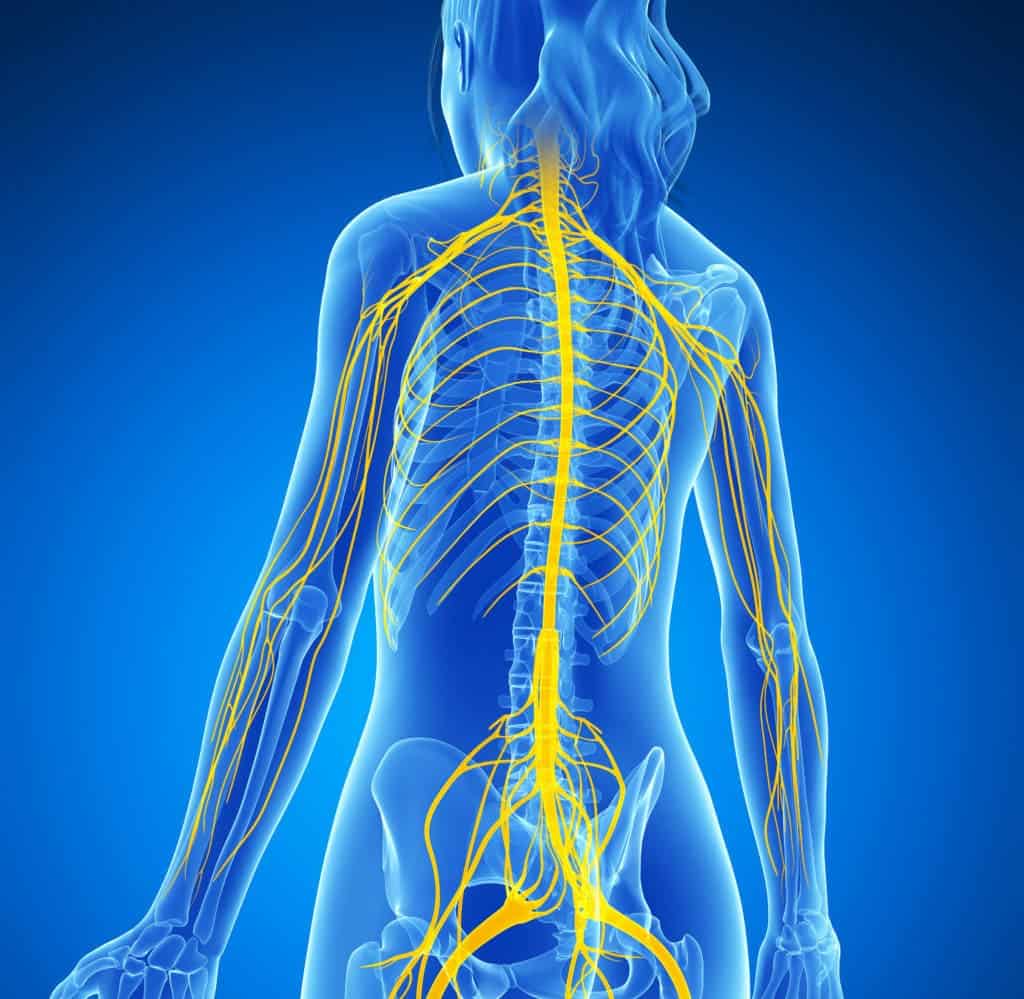
German researchers proved that nerve cells can regenerate in mice who suffered spinal cord injuries. These sort of injuries cause permanent disabilities like paralysis because the nerves do not regenerate by themselves. Though thought impossible, the researchers showed that they could coax one of the rodents’ molecular mechanisms to start producing new nerve cells in the site of injury using a drug called Pregabalin.
Helping neurons reach out their arms again
The human nervous system is comprised of an intricate network of nerve cells that transmit signals between different parts of the body, from head to toe. It helps to imagine this network like the body’s electrical wiring, which starts at the brain then branches out throughout the entire body. Damages to this wiring system can be catastrophic — an injury to the spinal cord, for instance, might cut the sensory input from the damaged site down. That’s because, again like an electrical wire, the neurons of the central nervous systems are connected by long projections called axons. When the axons are severed, these are unable to regrow leaving the connection discontinued permanently.
Scientists know that these axons grow during the embryonic development stage. They stop extending their arms past this stage, though. But if there’s a molecular mechanism that instructs the neuron’s axons to grow and to stop later at some point, then there’s a chance we can re-activate this re-growth process by targetting its underlying molecular brake.
This is what researchers at the German Center for Neurodegenerative Diseases (DZNE) set out to do. They quickly realized it was like looking for a needle in a haystack. That’s because there are literally hundreds of active genes in every nerve cell, says neurobiologist Frank Bradke who is one the lead authors of the study.
If it weren’t for computers and algorithms that can comb through vast databases, Bradke and colleagues might have still been at it. Thanks to bioinformatics, though, they managed to zero in on a promising candidate — a gene called Cacna2d2, which is known to play an important role in synapse formation and function.
Cacna2d2 has the blueprint for the production of a protein that anchors ion channels in the cell membrane. This mechanism regulates the flow of calcium ions into the nerve cell which is integral to the release of neurotransmitters, be them serotonin or dopamine.
Investigating further, Bradke and colleagues found that a drug called Pregabalin (PGB) can bind to these calcium channel molecular anchors. They gave PGB to mice who had undergone spinal cord trauma and later found this treatment spurred new nerve connections to grow, as reported in the journal Neuron.
“Our study shows that synapse formation acts as a powerful switch that restrains axonal growth. A clinically-relevant drug can manipulate this effect,” says Bradke.
Hopefully, the first human trials with PGB might start soon, considering the drug is already prescribed to spinal cord injured patients. PGB is prescribed for its pain relieving properties and often late, a long time after the injury occurred. Until then, there are other intriguing developments. Previously, another group from Germany grew spinal cords in a petri dish and, elsewhere in Switzerland, researchers used a flexible ribbon-like implant that attaches itself to a paralyzed rat’s spinal cord allowing the rodent to walk again.
“PGB might have a regenerative effect in patients, if it is given soon enough. In the long term this could lead to a new treatment approach. However, we don’t know yet,” Bradke added.






